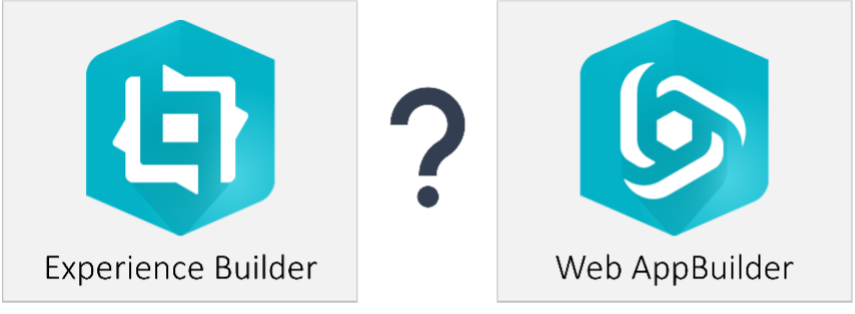By now you’ve probably heard that Experience Builder is ESRI’s latest and greatest application builder. The biggest question we now face when starting a project is “Do I stick with Web AppBuilder or should I transition to Experience Builder?” Both application builders are still relevant, though there are advancements in Experience Builder that make it an optimal choice in many situations. So, to help you answer this question, the following article will cover what Experience Builder is and how it is different from Web AppBuilder.
What is Experience Builder?
Experience Builder is an application builder available in ArcGIS Online, Enterprise, and as a developer’s edition. It gives the creator complete control over the layout and focuses on user experience and cognition. It’s use of ArcGIS API for JavaScript 4.x allows for more advanced function and rendering capabilities.
What are the primary differences between Experience Builder and Web AppBuilder?
Though understanding the similarities is important, it is the differences between the two builders that will help you decide which one to choose.
Experience Builder has far surpassed Web AppBuilder in its ability to provide meaningful, custom applications. The most notable differences when compared to Web AppBuilder are listed below:
Uses responsive technologies for enabling mobile-friendly viewing, which means you can provide your users with one, intelligent URL that modifies the view based on screen size.
- Uses responsive technologies for enabling mobile-friendly viewing, which means you can provide your users with one, intelligent URL that modifies the view based on screen size.

- Gives you complete control over the layout relative to placement, size, spacing, overlap, etc.
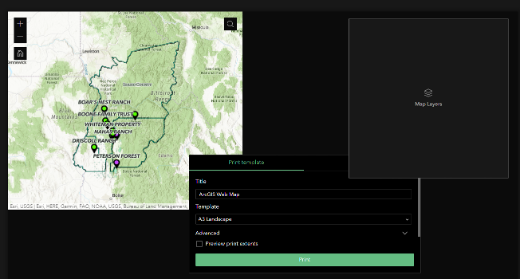
- Allows both 2D and 3D content in the same application.
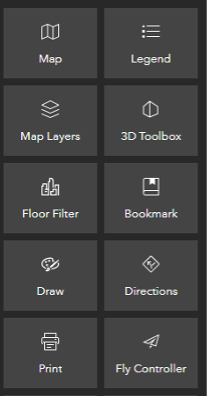
- Provides Action settings that allow widgets to work together based on user interaction.
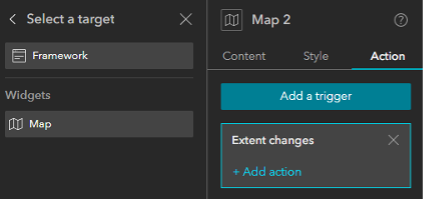
- Offers many more template options and flexibility in final layout, whether you want to build a single- or multi-page application or a scrolling or static page application.
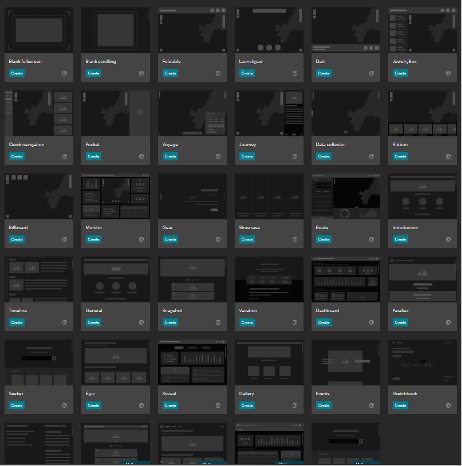
- Works with the new Map Viewer so can stream the more advanced cartographic products that are created in the new viewer.
- Has options to create map-centric or non-map-centric applications.
Based on the above list, it would seem reasonable that Experience Builder should be your first choice. However, at this stage in development, Experience Builder has fewer widgets available than Web AppBuilder. This means the functionality needs of your final product may be the deciding factor for which builder you choose. For instance, if the Parcel Drafter or Public Notification widgets are important, you will need to stick with Web AppBuilder. Taking some time to research available widget functionalities in both builders is an important step.
Conclusion
In most scenarios, Experience Builder will be the better option for your new applications due to its extremely customizable layout and advanced capabilities. Nevertheless, there will be scenarios that require Web AppBuilder. The needs of your project and user interactions will help determine which path to choose.
Want to learn more about Experience Builder? Take a look at our Introduction to Experience Builder class.

